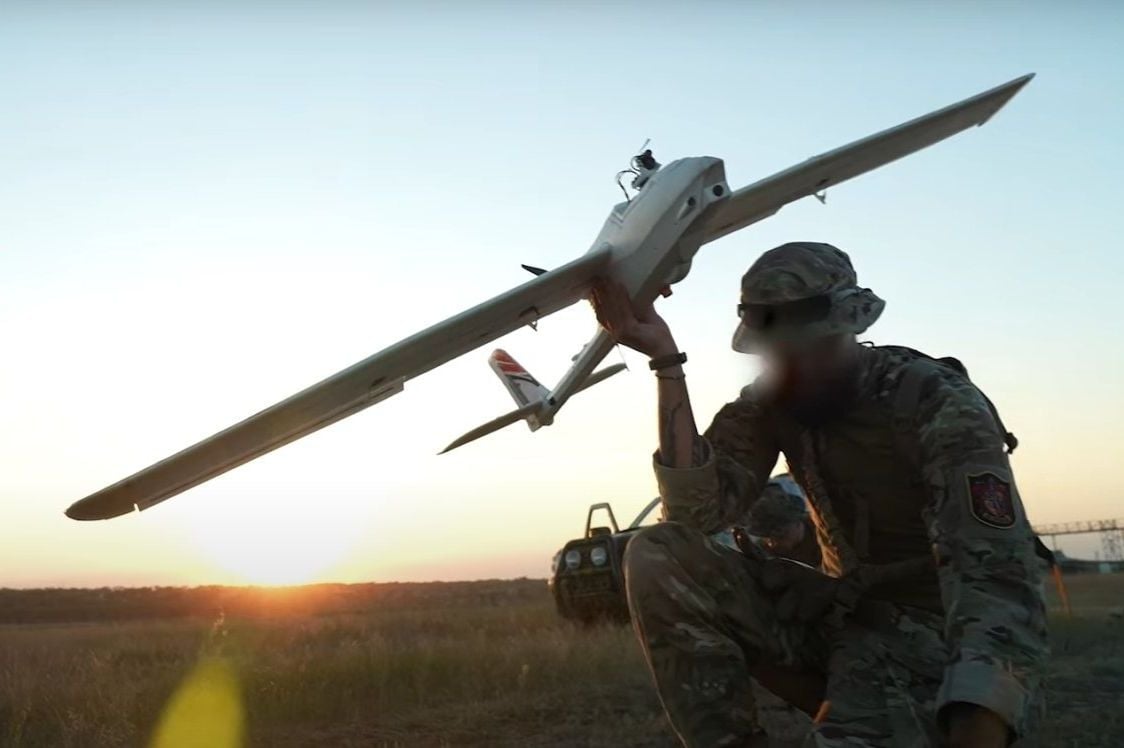[ad_1]
According to an article recently published by The New York Times, in the ongoing conflict in Ukraine, ‘homemade’ drones have proven to be more effective than their factory-made counterparts.

Reconnaissance drones like this one are now being manufactured for the Ukrainian Army in larger numbers than ever before. Image credit: Armed Forces of Ukraine
These drones, which are assembled using commercial-grade components or using hobby drones as base platforms, have become a deadly innovation in the ongoing conflict sparked by the Russian invasion of Ukraine and are even inspiring other countries for new developments.
Ukrainian military electronics specialists and volunteer hobbyists have eyed the possibility of constructing their own UAV systems since the very beginning of the war in 2022. And, they have already successfully proved that consumer-grade electronic parts and equipment that are usually used for games can become a serious rival to expensive military models in terms of combat power versus cost.
Such use of cheap drones to overcome the technological or numerical superiority of the enemy is an example of asymmetric warfare. And, Ukrainians have also established training initiatives for new drone pilots, where civilian UAV piloting schools cooperate with the military.

Civilian UAV piloting schools are cooperating with the military of Ukraine in preparing new drone specialists and operators. Image credit: Dronarium
These inexpensive drones have significantly increased the combat potential of Ukrainian soldiers by allowing them to drop hand grenades into enemy trenches with incredible accuracy. Although factory-made UAVs like the Russian Lancet kamikaze drone have longer ranges and can carry bigger payloads than improvised weapons used in Ukraine, they are less effective than the homemade alternatives that are remotely controlled by operators.
The article mentions that even Western drones have many limitations. The authors cited Switchblade as an example – this machine can fly towards a pre-defined target, but lacks the possibility to adjust its operations dynamically.

MQ-9 Reaper, illustrative photo. Image credit: U.S. Army
Meanwhile, Ukraine has adapted to the war by using many small aircraft worth only a few thousand or even a few hundred dollars that are made by soldiers and civilian volunteers in garage workshops using 3D printing technology.
After they destroy an enemy unit that often costs thousands of times more than the drone itself, some of these UAVs can be reused for subsequent missions.
The United States base their drone warfare around large and heavy aircraft such as Predator and Reaper, each costing tens or even hundreds of millions U.S. dollars.
“A cheap drone destroying a far more expensive armored personnel carrier is a striking example of asymmetric warfare, used to overcome an enemy’s technological or numerical advantages,” emphasize the authors of the publication.
Written by Alius Noreika
[ad_2]
Source link
